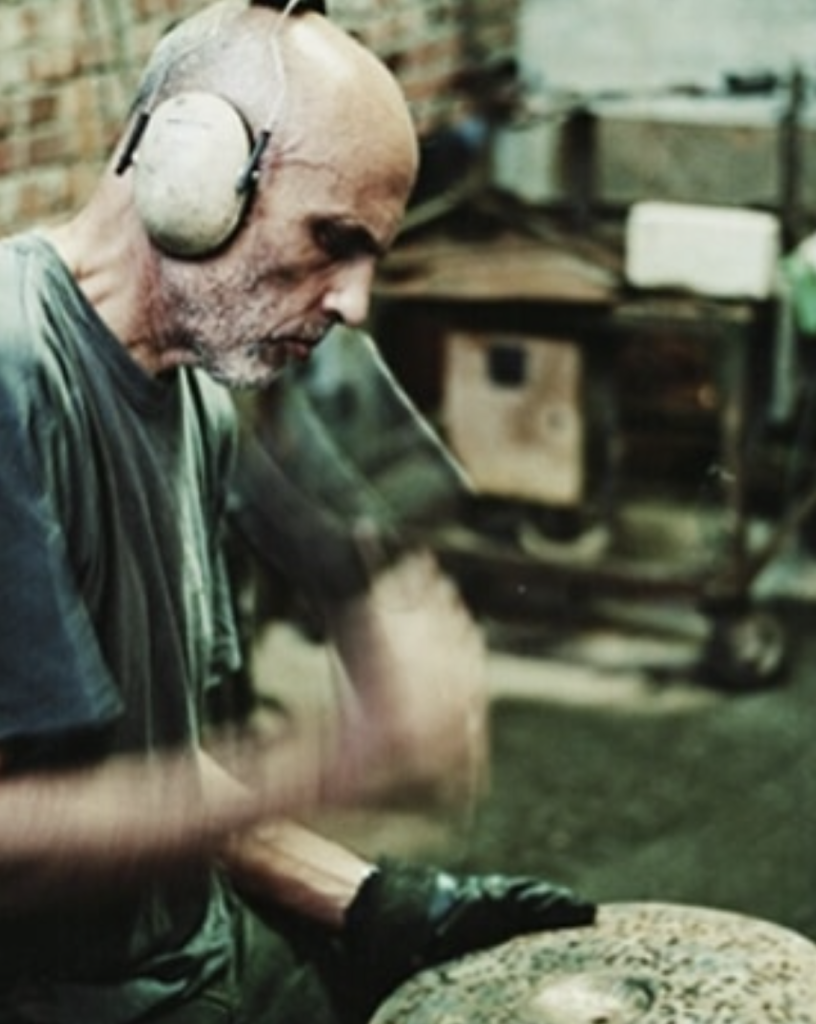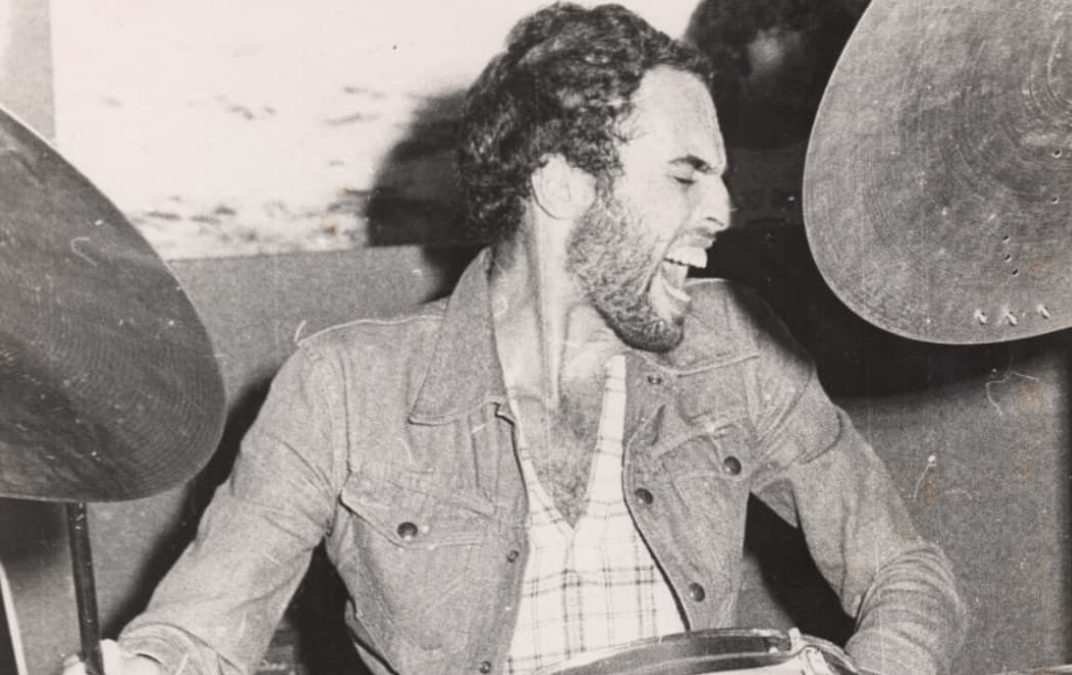Roberto Spizzichino, a name revered in the world of percussion, was not just an Italian cymbal maker; he was an artist whose work continues to resonate with musicians worldwide. Born in 1944 in Rome, Spizzichino’s journey into the world of cymbals was as unique as the instruments he crafted.
Early Life and Beginnings
Roberto Spizzichino’s fascination with music began at an early age growing up in Rome. As a young boy, he was captivated by the sounds of jazz and the rhythmic beats that defined the genre. This early passion for music set the stage for his later career. However, it wasn’t until his 30s that Spizzichino began to delve into the art of cymbal making.

The Journey into Cymbal Crafting
Spizzichino’s foray into cymbal crafting began somewhat serendipitously. Initially working as a professional jazz drummer, he desired to expand on the cymbals available on the market at the time his drumming career was in full swing. This fueled his desire to create cymbals that could produce the sounds he envisioned. He drove from Italy to Turkey to visit the ancestral home of cymbal-making only to find that many of the small cymbal-making shops were closed or not in full operation. A key contributor to what Roberto would have found would be a combination of factors including an established market dominance of Zildjian in the USA along with other options, the purchase/closure of Istanbul K Zildjian, and probably, the decline of jazz as it had been popular music from the 1930’s-1960’s in exchange for the projection of machine-made cymbals more suitable for rock music. While he had no formal training in cymbal-smithing he did hold a degree in chemistry/metallurgic science. Roberto acted as a consultant to the metal fabricating business he leased space for his cymbal shop. Spizzichino used his knowledge of metals, his love for drumming, and the need for cymbals that embraced traditional, consciously handcrafted instruments. This allowed him to embark on a journey of self-taught experimentation and relentless pursuit of truly beautiful cymbals in his shop located in a small town in Tuscany. As a subtle tribute and thank you to Roberto’s love and craftsmanship, Byrne Cymbals’ Toscana line of cymbals is offered as a respectful homage to his work.
Cymbal Innovation drawn from history
Roberto Spizzichino quickly gained a reputation for his meticulous craftsmanship and innovative techniques. Early in his career, he used his metallurgical knowledge at UFIP cymbals. Once he went on his own he combined traditional Turkish cymbal-making methods with his unique insights, producing cymbals that are renowned for their rich, complex tones and exceptional musicality. His approach was deeply artisanal, though he was known to decline using the term himself, treating each cymbal as a work of art rather than a mere musical instrument. In a short documentary about his work, he comments how he would even bring home a cymbal at the end of the day to prop up on a chair and look at it in the light as he ate dinner. Far from simply manufacturing cymbals, Roberto was a great example of St. Francis of Assisi’s well-known quote:
“He who works with his hands is a laborer.
He who works with his hands and his head is a craftsman.
He who works with his hands and his head and his heart is an artist.”
Surely, Roberto was an artist.

The Spizzichino Sound
Musicians who play Spizzichino cymbals often speak of their unparalleled sound quality and unique musical timbre. The cymbals are characterized by their nuanced tonal palette, capable of producing everything from dark, smoky undertones to bright, shimmering highs. This versatility make them a favorite among jazz musicians, who appreciate the expressive potential of Spizzichino’s creations. Unfortunately, all cymbals have a life span where they will become either damaged (cracked) or eventually become played out. Orchestral percussionists make up another segment of musicians that have a great appreciation for Roberto’s cymbals. Chris Lamb of the New York Philharmonic once told me that he will often store cymbals for years after the run of a performance to let them fully rest and restore their best sonic quality as the orchestra hall greatly amplifies the subtleties of cymbals. With such factors in mind and knowing that Spizzichinos can never be replaced, it is helpful to look to the alternatives of today’s cymbal-smiths. Excellent options include Byrne Cymbals’ Heritage Series and any one of the unique cymbals frequently offered. Employing some of the same manufacturing techniques that have been passed down to me from Roberto’s close friend and US dealer alongside my own process of learning from trial and error, I have worked to present you with cymbals I hope you will find as suitable instruments in your tonal palette.
Legacy and Influence
Roberto Spizzichino’s influence on the world of cymbal making is immeasurable. Even after his passing in 2011, his legacy continues to inspire cymbal makers and musicians alike. His cymbals remain highly sought after, cherished by drummers who understand the rare quality and artistry behind each piece. Today a Spizzichino in good condition can easily go for $2,500 or more.
Roberto Spizzichino’s life and work are a testament to the power of passion and perseverance. From a jazz drummer dissatisfied with the status quo to a master cymbal maker whose instruments have left an indelible mark on the music world, Spizzichino’s journey is one of dedication, creativity, and enduring influence. His cymbals, much like his legacy, continue to sing with a voice that is distinctly Spizzichino.

